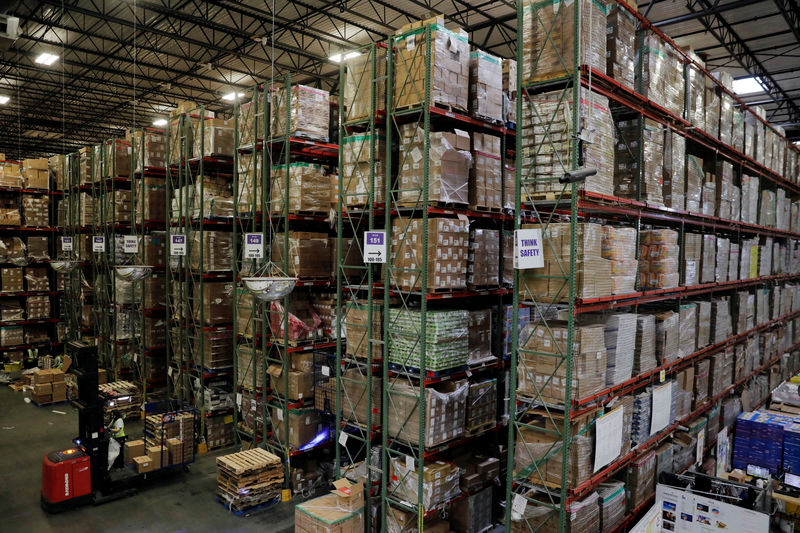According to The Wall Street Journal, which cited internal Amazon (NASDAQ:AMZN) data and sources familiar with the matter, Amazon (AMZN) has surpassed both UPS (UPS) and FedEx (NYSE:FDX) to become the largest delivery business in the U.S. in terms of parcel volumes.
In 2022, Amazon delivered more packages in the U.S. than UPS and had already eclipsed FedEx in 2020. Before Thanksgiving in 2022, Amazon had already delivered over 4.8 billion packages in the U.S., and its internal projections predicted that it would deliver around 5.9B by the end of the year. In comparison, UPS said its domestic volume for that period was unlikely to exceed its previous year's total of 5.3B, and FedEx's domestic Express and Ground parcel volume for the fiscal year ending May 31, 2023, was around 3.05B.
Although Amazon has outperformed both companies in terms of residential deliveries, it hasn't matched their worldwide reach or comprehensive service offerings. Analysts at JPMorgan pointed out that Amazon excels in its one-way delivery network, ensuring quick delivery of goods. However, the company still lacks the extensive pick-up and delivery network that its competitors possess.
In 2018, Amazon launched a significant initiative to build its logistics network. The company introduced a program allowing entrepreneurs to start their own delivery franchises for Amazon packages for as low as $10,000. This model, similar to FedEx’s Ground unit, uses contractors for local routes. Amazon significantly expanded its logistics capabilities, including a network of around 200,000 drivers in the U.S., which helped to rapidly scale up the number of packages it could deliver daily.
Furthermore, early in the pandemic, Amazon seized the opportunity to further expand its e-commerce and logistics operations. The company opened hundreds of new warehouses, sorting centers, and other logistics facilities, nearly doubling the size of its network between the start of the pandemic and late 2021.
